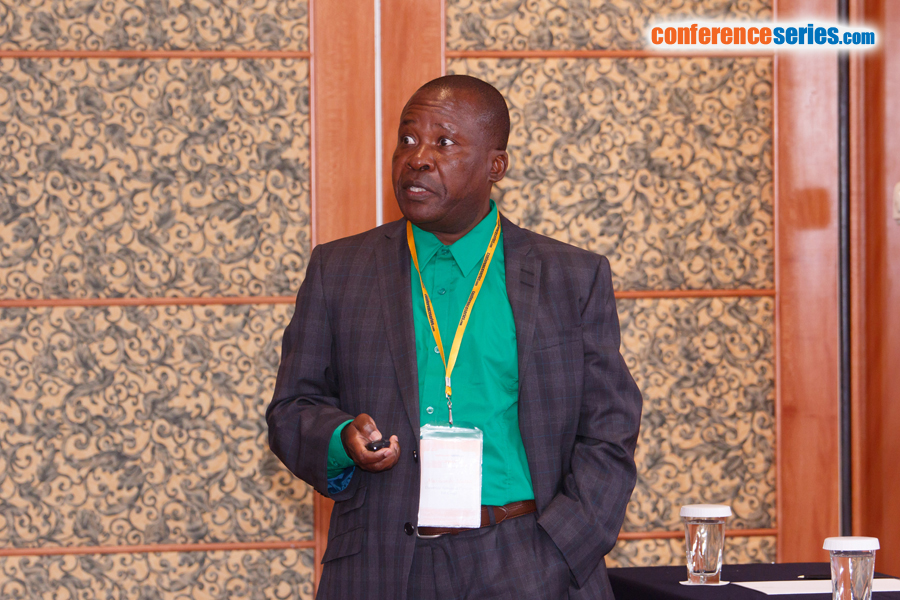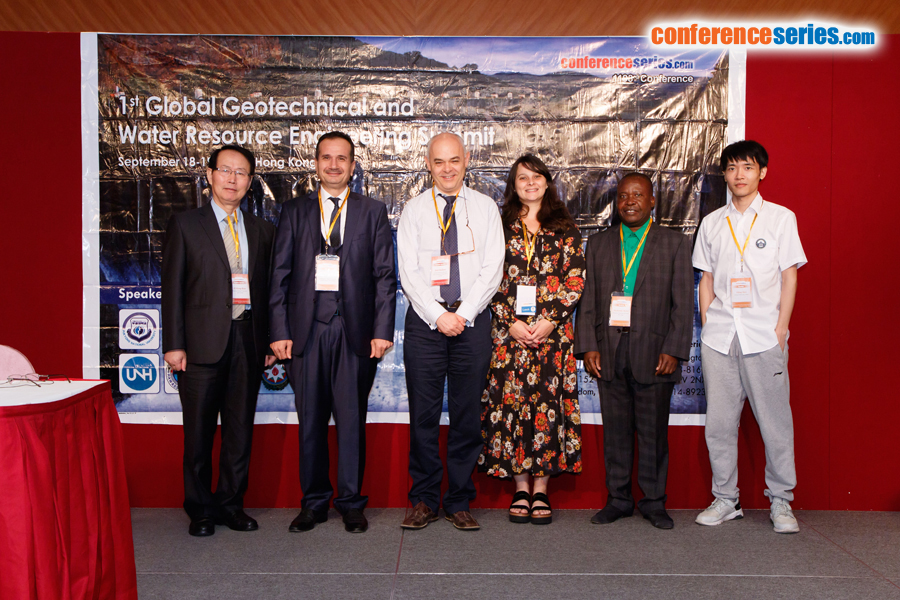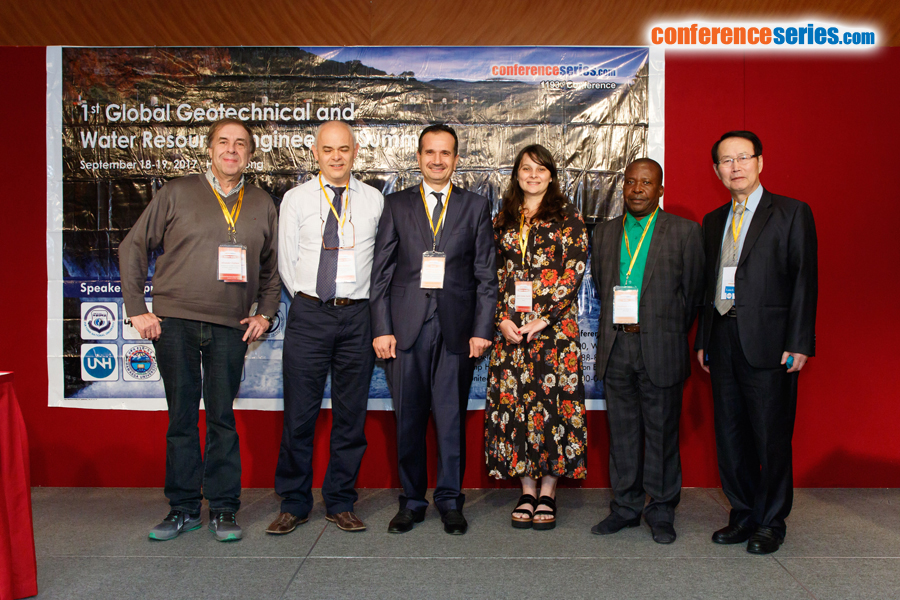
Mushombe Muma
Universite Nouveaux Horizons, DR Congo
Title: Comprehensive analysis of the CATHY model sensitivity to soil hydrodynamic properties of a tiledrained agricultural micro-watershed
Biography
Biography: Mushombe Muma
Abstract
A comprehensive sensitivity analysis study of CATHY (acronym for catchment hydrology model) application was performed with the basic objective of identifying the most influential parameters with respect to: (1) tile-drain flow and (2) edge-of-field flow of the Bras d’Henri, an agricultural micro-watershed in Quebec, Canada. CATHY is a coupled physically-based spatially-distributed model for surface-subsurface flows. Simulations were performed by coupling SENSAN (sensitivity analysis), a tool or a library of parameter estimation of PEST (Parameter Estimation) software and R to CATHY. One screening method of sensitivity analysis and two global sensitivity analysis variance-based methods, namely Morris, FAST99 and Sobol2002, respectively, were used. Of the 24 parameters evaluated using the Morris method, nine and eight parameters, being the most influential on the two output variables, respectively, were used for analysis by the FAST99 and Sobol2002 approaches. According to the Morris method on the one hand, the horizontal saturated hydraulic conductivity greatly influences the volume of water flowing out of the micro-watershed and on the other hand, the flow to the drains depend both on the horizontal and vertical saturated hydraulic conductivities below and above the drains. With regard to the FAST99 and Sobol2002 methods, the edge-of-field flow of the micro-watershed and that at the drains is influenced by the horizontal saturated hydraulic conductivity in the layers underlying the subsurface drainage networks. The highlight of this study is that efforts should be made on characterization of soil anisotropy, that is, this property should be seriously considered for a better understanding of the hydrological processes on a watershed.





